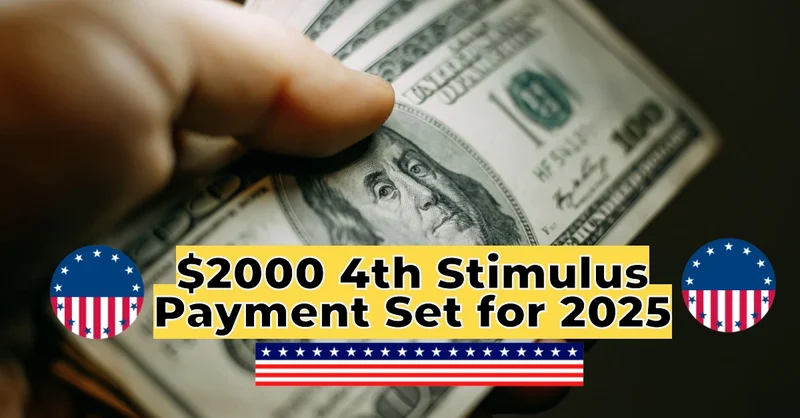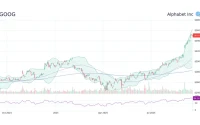The social media chatter is a familiar data point: posts promising an `IRS stimulus check` for $1,702, a `November stimulus check 2025` for $400, or some other tidy sum are propagating at an accelerating rate. This digital noise is a direct and measurable indicator of household economic anxiety. As prices remain elevated and the holiday season approaches, the search for financial relief becomes a powerful motivator.
But sentiment is not a substitute for legislation. Hope is not a line item in the federal budget. The core question for anyone looking for a clear signal amidst the noise is, essentially, Are stimulus checks being sent out? Latest news on claims of 2025 payments
The answer, based on a dispassionate review of the congressional record and official statements from the IRS, is an unambiguous no. The persistent rumors of a fourth or fifth round of broad-based stimulus payments are a classic case of a narrative decoupling from reality. Let’s examine the data points.
The Ghost Bills of Congress
To understand why no checks are coming, one must look at the proposals that have fueled this speculation. They fall into several distinct categories, all sharing a common outcome: legislative inertia.
There have been a few high-profile ideas floated—to be more exact, three distinct proposals from different corners of the political spectrum. First, there was early talk of a "DOGE dividend," a concept championed by politicians and even former President Donald Trump, which would have been funded by reallocating departmental budgets. Like many ideas that poll well, it generated headlines but never materialized into a formal, CBO-scored piece of legislation. It has since disappeared from the conversation entirely.

Then came the `tariff stimulus check 2025` proposal. The idea was to rebate the revenue generated from tariffs directly to taxpayers. Missouri Senator Josh Hawley introduced the American Worker Rebate Act of 2025, a tangible bill (a significant step up from mere talk) that would have provided a minimum of $600 per adult and dependent child. The bill was referred to a Senate committee in late summer. And there it sits. There have been no hearings, no markups, and no updates. In legislative terms, this is the equivalent of a flatline.
Most recently, Rep. Ro Khanna of California proposed a `$2,000 stimulus check 2025` for families earning under $100,000 to offset the costs he attributes to tariffs. He announced his intent to introduce a bill via a post on X, stating, "Unfair tariffs jacked up prices—give it back with $300+ billion tariff revenue." While the figure is specific, the mechanism is not. As of today, it remains a proposal, not a bill with a number and a path, however slim, to becoming law.
Differentiating Signal from Noise
This is the part of the analysis that I find genuinely puzzling, not from a data perspective, but from a behavioral one. The chasm between the volume of online chatter and the complete lack of official action is vast. Any stimulus payment requires two things: an act of Congress and the signature of the President. The IRS cannot unilaterally decide to send money. Without a bill passing both the House and the Senate, there is no mechanism for an `irs stimulus check 2025` to exist.
The current focus in Washington is on funding the government, a contentious and all-consuming task. There is simply no political oxygen left for a multi-billion dollar stimulus package that lacks broad, bipartisan support. The "signal" from Washington is silence. The "noise" from unverified websites and social media accounts is, therefore, either wishful thinking or, more cynically, a form of fraud designed to capture personal information.
It’s critical to differentiate these phantom federal payments from the legitimate, targeted relief programs being run by individual states. Several states, including New York, Pennsylvania, and Georgia, are sending out "inflation relief" or "rebate" checks. The `NY stimulus check 2025`, for example, is a one-time payment of a few hundred dollars for taxpayers under a certain income threshold (specifically, $200 for individuals earning up to $75,000). These are real, but they are state-level actions funded by state budgets. They are not a new round of federal stimulus checks. Conflating the two is a fundamental misreading of the data.
The Math Simply Isn't There
The political and fiscal environment that enabled the first rounds of stimulus checks during the pandemic no longer exists. The combination of an acute national crisis, bipartisan consensus (however fragile), and a different economic landscape made those payments possible. Today, the legislative calculus has shifted entirely. The proposals from Hawley and Khanna are outliers, not the start of a groundswell movement. Without a forcing event on the scale of a global pandemic, the data strongly suggests that the federal government’s experiment with broad-based direct payments is over. The rumors you see online are echoes of a past policy, not a preview of a future one.










